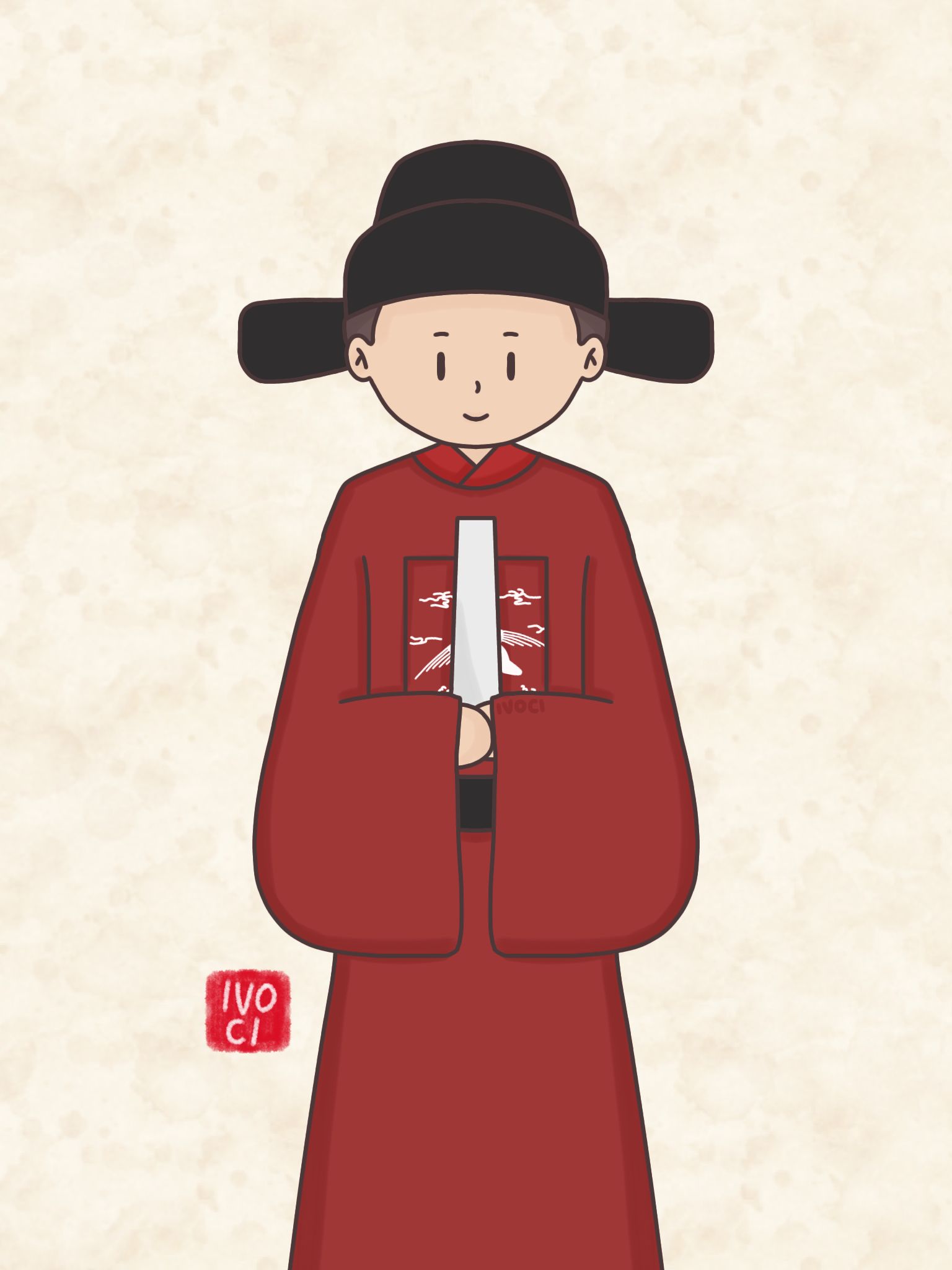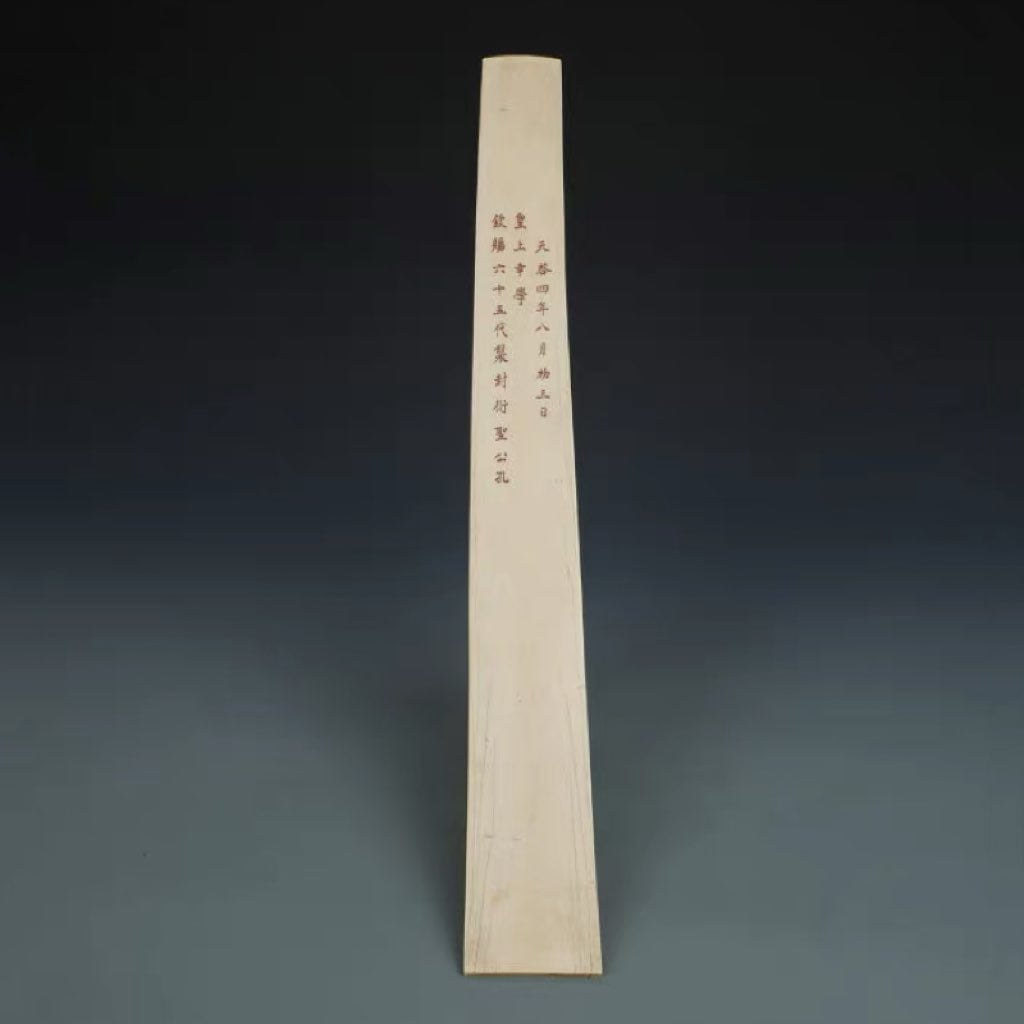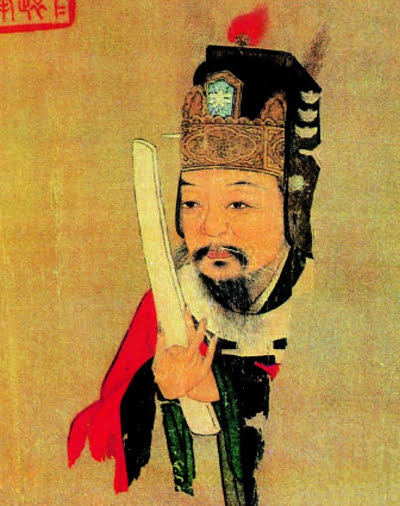Huban (Chinese: 笏板 ; pinyin: hù bǎn), is also known as hand board, jade board, or chao board.
Huban (in English: Scepter) is a tool used by ministers in ancient China when facing the emperor in the palace.
In ancient times, when the civil and military ministers met the emperor, they held the huban with both hands to record the emperor’s orders or testaments, and they could also write down words for the emperor on the huban so they would not forget.
In addition, huban is also sometimes used in rituals such as wedding ceremonies or commemorations.
Huban’s shape
Before the Tang dynasty, the huban were approximately the same width on the top and bottom.
After the Tang dynasty, the shape of the huban were widens downwards. (The top is narrower, and the bottom is wider)
The way to hold the huban in ancient China was to hold the wider bottom. (Narrower section on top and wider section on bottom)
Huban’s detail
The huban measures about 2 feet 6 inches long and 3 inches wide, and while this thing is not huge, it is well precious.
Huban can be made of jade, ivory, or bamboo.
The earliest appearance time should be before the Spring and Autumn Periods.
Historians believe that huban may have been used in the Shang dynasty.
Huban, also known as Shouban, Yuban, Chaohu, or Chaoban.
The “Book of Rites” records that “Huban was 2 feet 6 inches long and 3 inches wide in diameter”.
Because the ancient measurement was different from today’s measurement, the ancient 2 feet 6 inches was shorter than the modern 2 feet 6 inches.
After the fourth year of Wude in the Tang dynasty, officials above the fifth rank held ivory huban, and officials below the sixth rank held bamboo and wood huban.
In the Ming dynasty, it was stipulated that officials of the fifth rank and above held the ivory huban, but those below the fifth rank did not.
Since the Qing dynasty, huban has no longer been used.
Huban’s function
Apart from recording the emperor’s orders or testaments and writing down words for the emperor in the huban, the huban also has other functions.
Another function of huban, is to cover the face to show authority and to show respect to the emperor when facing.




Leave a Reply